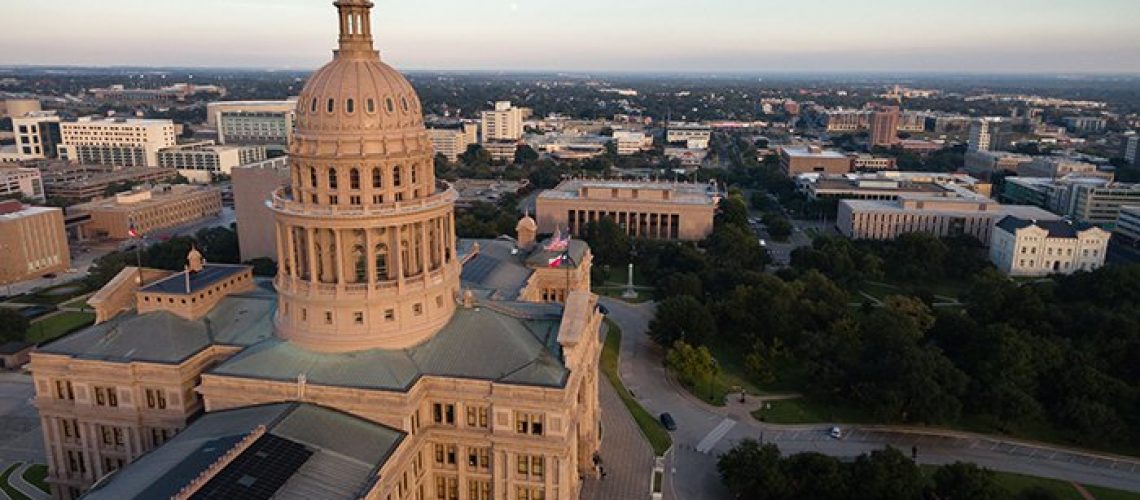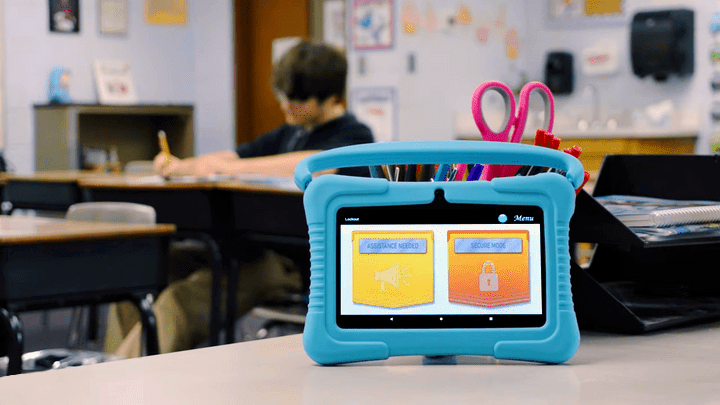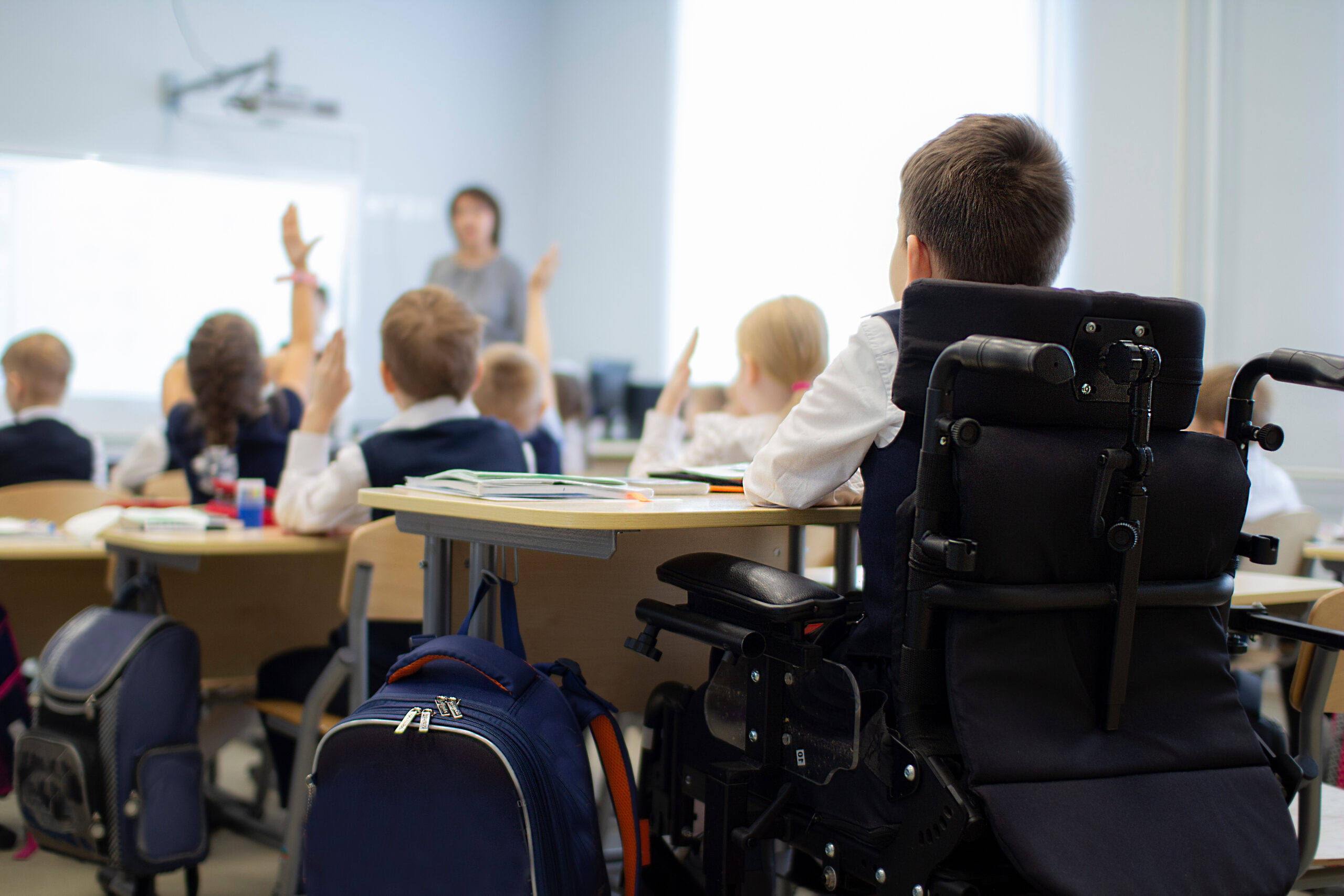Not Just for Schools: Evaluating Lockdown Systems for Government Facilities

While we focus much of our attention as a company on school lockdowns and securing our nation’s schools; places of worship, government buildings, office complexes, and residential facilities have also become threats of those wishing to do harm to others. Those in charge of these facilities need the ability to lock them down when necessary, and the understanding of how best to implement strategies to keep their occupants safe should a lockdown occur. In this article, we’ll focus on evaluating lockdown systems and procedures for government facilities, which have been a target for active shooters for quite some time.
Background
According to the FBI database on mass shooting incidents, there were 26 shootings at government buildings, including military bases, between 2010 and 2017, which makes up 10% of all mass shootings reported during that timeframe. These incidents include, but are not limited to courthouses, post offices, airports, city hall buildings, and military facilities. Shooters range from former employees to individuals convicted of crimes and seeking revenge on judges, but the data shows that there is a broad range of perpetrators and victims, as well as many different types of shootings. The shooting at Fort Campbell, Kentucky shows that domestic disputes can lead to these types of tragic incidents as well.
When is Secure Enough, Secure Enough?
Government-run facilities are some of the most secure places in America. These locations boast armed guards, metal detectors, checkpoints, and many other security features, yet threats still successfully target and attack them, often injuring or killing many innocent people in the process. While some of these attacks are specific, with one person being a target, many are not. Stopping a gunman from singling out a solitary individual is difficult, and if they reach their target before they are stopped, they are often successful in harming that person. However, random mass shootings are often made more successful by the fact that after the attacker bypasses traditional security measures, there is little or no security between them and those within the building. By adding a lockdown system, these facilities can provide an additional deterrent to the attacker, while providing building occupants the ability to get to a safe location and remain there until first-responders arrive to deal with the threat. An advanced warning can be provided, first-responders can be immediately contacted with details of the event, and physical deterrents such as door barricades can be deployed to slow or stop the attacker from causing increased havoc.
How to Deploy a Lockdown System in Large Locations?
One of the challenges of deploying a lockdown system in many government locations, especially one such as an airport or courtroom, is the sheer size of the space. Facilities with large, open spaces, become increasingly difficult to lock down, in which case it becomes more important to have the ability to lock down adjacent rooms in which people can secure themselves if a threat is firing in the main area. These rooms can include offices, holding areas, bathrooms, break rooms, kitchen areas, and many others. Any windowless room can be secured and in the case of a military base, apartments or homes can be secured as well. As with stopping an offender who wishes to harm a single individual, securing a large, open space is incredibly challenging. The goal of a lockdown system is to allow vulnerable targets who are currently occupying the open spaces to reach a room, barricade themselves inside, and wait for help to arrive. The system provides early warning and the second layer of protection when a threat breaches the primary security area.
The Importance of Clear Alerts
A shooting or other Lockdown event at a large facility can be a terrifying and confusing event. Having a system in place that provides clear alerts that a Lockdown has occurred, such as flashing lights and automated verbal indicators, gives building occupants direct communication and can serve to reduce confusion, allowing those that may be in danger to move quickly to a safe room to lock down. Many facilities have some type of warning system, but often these systems use codes or don’t use clear visual indicators, which can then be confused for fire alarms, or for some other type of threat, like a bomb. A lockdown alert is unmistakable. It dictates that everyone should immediately get to a safe location, lock it down, and wait for help to arrive.
Instant Communication with Law Enforcement
If a violent offender enters a government facility, hopefully, a security officer will either stop them, or slow them enough to call for backup and end the situation without violence, or without loss of innocent life. However, if security is incapacitated or unable to call for backup, a lockdown system may be the quickest link to law enforcement. Lockdown systems like the SmartBoot have the ability to instantly alert police dispatch of the situation based on either removal of a door barricade from a container like the SmartBox, activation via mobile app, or activation via initial gunfire if they are equipped with ballistics recognition technology. Once the lockdown is triggered, police dispatch will receive immediate notification, and in many cases, the location of the first incident via Bluetooth triangulation. In reverse, if law enforcement learns of a threat, or has information related to a violent act in the vicinity of a location, they lockdown system gives them the ability to trigger a lockdown remotely, hopefully stopping the threat completely by allowing building occupants to perform a lockout, and barricade all exterior entrances.
Planning & Preparation
Without planning and preparation, no system will be as effective as possible. There are many different starting points to planning the security of a government facility during a lockdown or lockout. We base our planning from communication with police and first-responders, as well as A.L.I.C.E. training protocols. While neither us, nor the groups that created them, can guarantee the effectiveness of the programs, here are two documents provided by government organizations that help get started in your planning process:
We have also covered some planning procedures in our other articles, here are links to two of these articles to get started:
- When It Comes to a School Lockdown, Have a Plan, Not Just a System
- 7 Steps to Keep Schools (and Other Buildings) Safe
While no plan is perfect, using resources such as the ones above can be a great beginning to your planning process. Government facilities often have access to federal security employees as well to aid in the planning process, which can be vital resources as they have an understanding of both lockdown processes, and the psychology of a potential threat, that is built through years of training and research that the rest of us, even those certified in training protocols like A.L.I.C.E., can learn a great deal from.
What's Next?
Shootings and other lockdowns at government facilities are especially difficult to plan for due to the vast scope of facility type and size, as well as the often specific nature of the target. However, steps can be taken to deter attackers, and minimize or prevent loss of life should an event occur. By providing building occupants with advanced, clear, warning and providing them with the ability to turn any room into a safe location, and by providing law enforcement with immediate notification of a lockdown event, location information of the assailant, and the ability to communicate with those inside the facility via mobile app and text message, the chances of survival in an incident rise.
Look out for our third article in this four part series where we evaluate lockdown issues specific to commercial buildings, and how implementing a lockdown system can help make those facilities safer.


